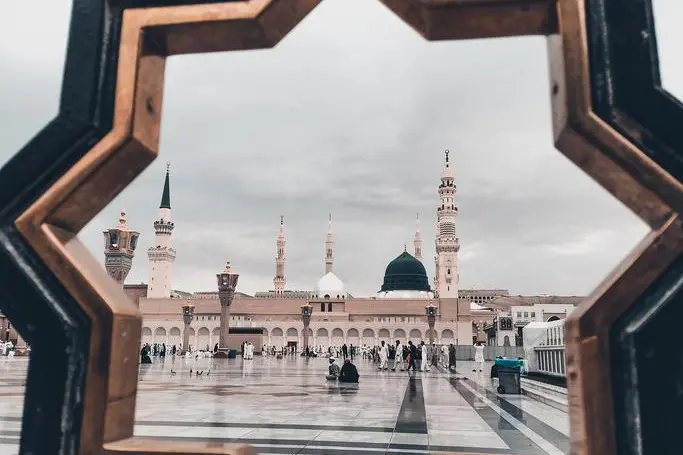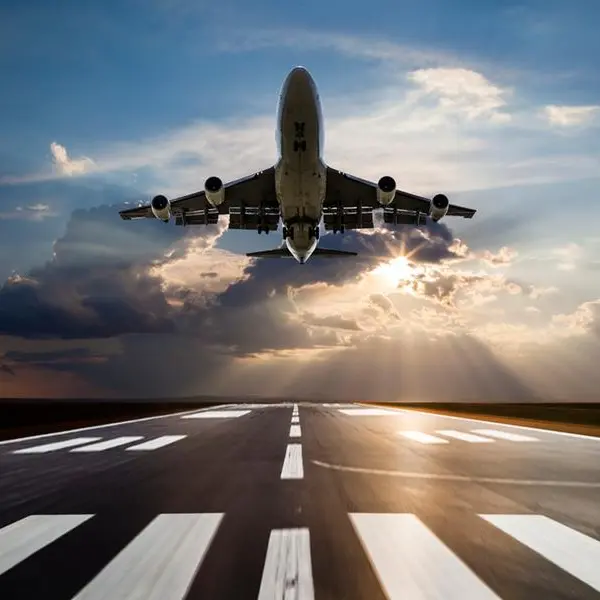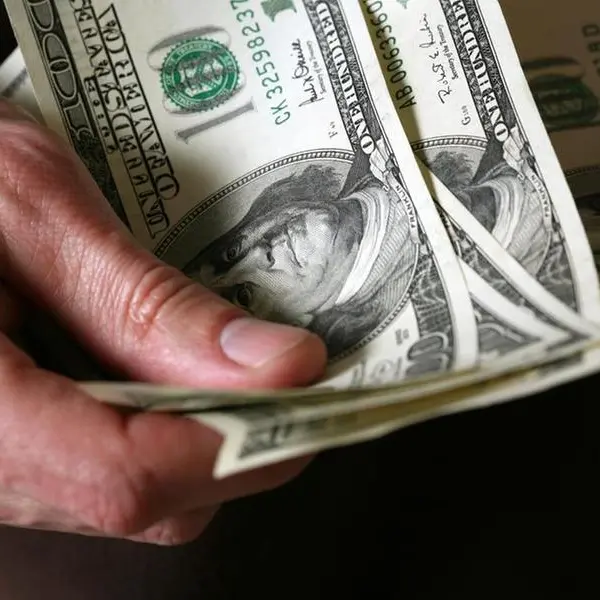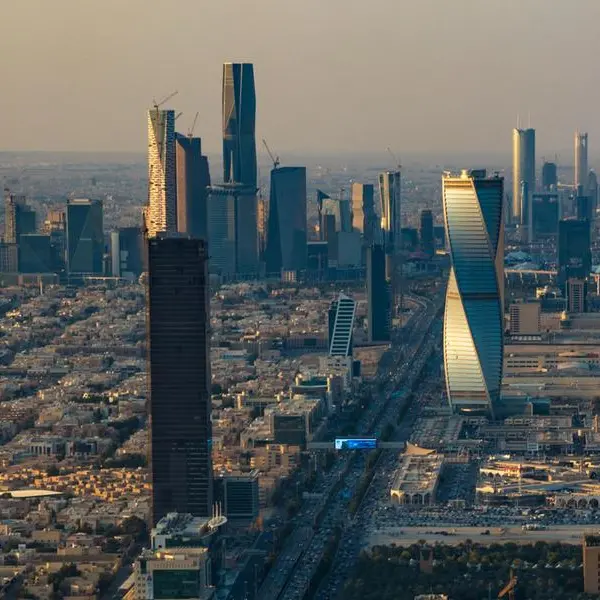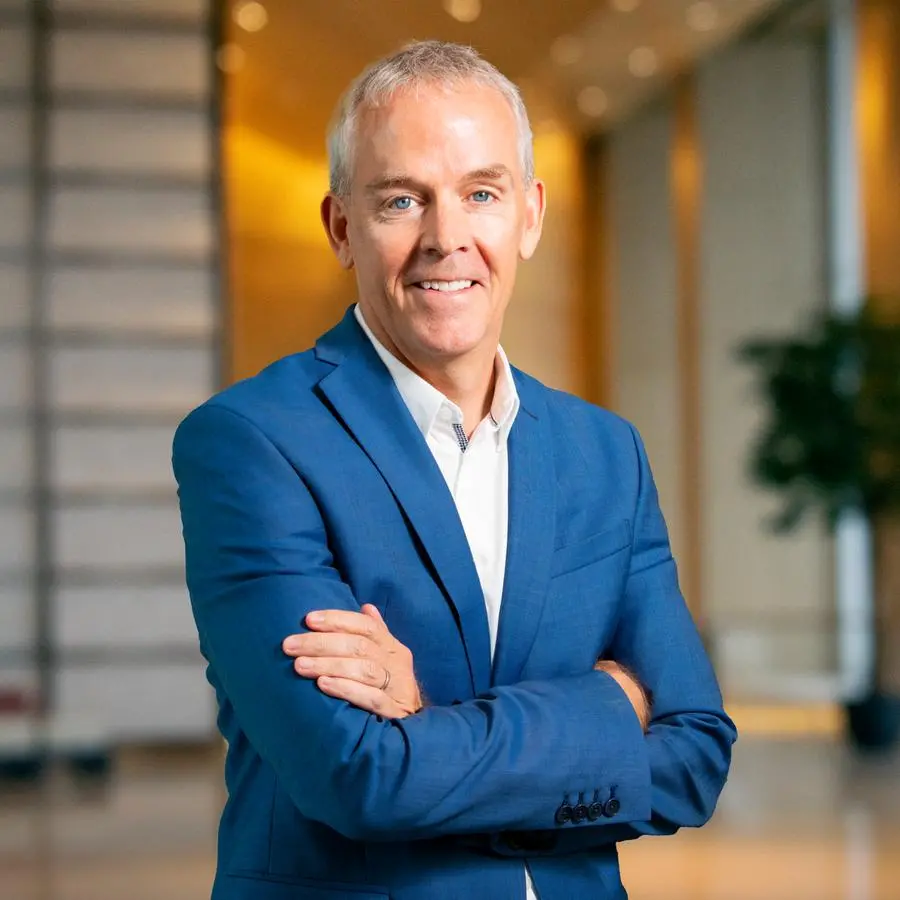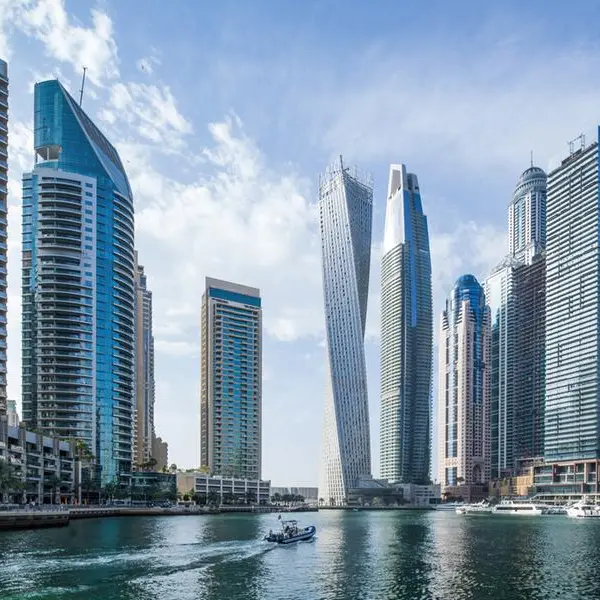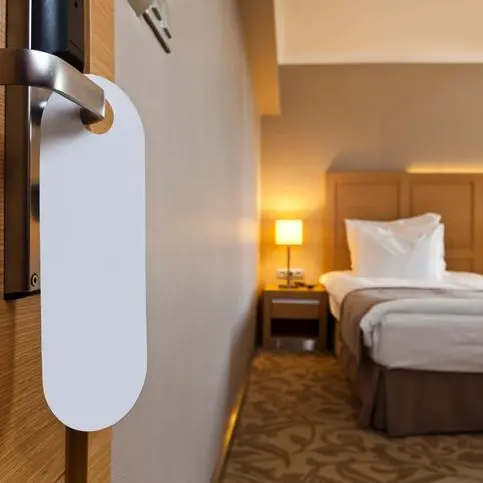PHOTO
RIYADH: The capital’s tourism authority has heightened efforts to provide the best services to visitors during Ramadan and the summer break, with the schools closed for the long vacation.
The Saudi Commission for Tourism and National Heritage (SCTH) Riyadh branch has started its seasonal plans by increasing inspections of tourist facilities.
Abdulaziz Aal Hassan, director-general of the SCTH for the Riyadh region, said the tourism plan involved inspections of accommodation, agencies and services.
Hundreds of inspections have already been carried out, he added, and the SCTH Riyadh branch was working with agencies and accommodation providers to organize events and programs. Museums and heritage villages were also ready to receive visitorsduring Ramadan and the subsequent Eid holidays.
The region is home to a number of attractions. Ad Diriyah, located on the outskirts of Riyadh, is in the historic At-Turaif district. It was once the home of the Saudi royal family and is a UNESCO World Heritage Site.
Restoring At-Turaif and Ad Diriyah is one of the many projects under way to boost tourism in the Kingdom, in line with the Vision 2030 reform plan.
The city’s sights include Masmak Fort, a remnant of the old oasis town that was Riyadh, and Murabba Palace, the palace of Saudi Arabia’s founder, King Abdul Aziz, which is now known as the King Abdul Aziz Historical Center. Ashikar Heritage Village, characterized by its old mud buildings has become a major attraction for tourists and locals. The site is 200 kilometers from the capital and features a museum and traditional architecture.
Riyadh has seen travel and tourism receipts grow by an average of 7.9 percent a year since 2006, twice as fast as in Makkah, according to the World Travel & Tourism Council (WTTC). It said the sector generated $3.4 billion for Riyadh in 2016, although this represented just 2.2 percent of the city’s gross domestic product.
The WTTC added that tourist-related employment in the city grew at a faster pace than most other cities in the decade to 2016 and that the capital had a high reliance on the international market, with 83 percent of visitor spend from inbound sources.
This share has doubled in the past 10 years and the number of foreign arrivals has tripled.
Copyright: Arab News © 2019 All rights reserved. Provided by SyndiGate Media Inc. (Syndigate.info).
